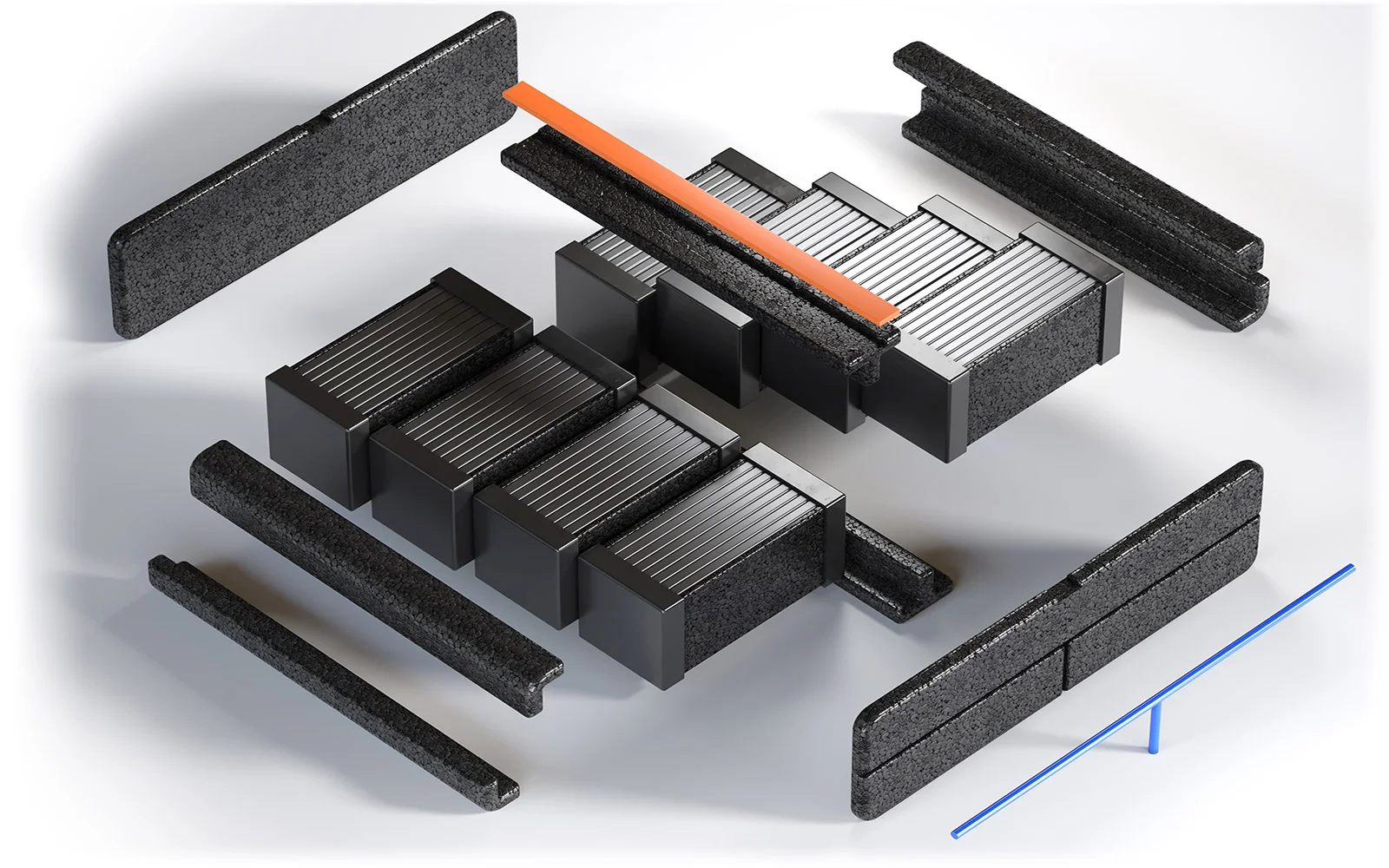According to the latest sales statistics from ACEA and observations from independent automotive experts, electric cars have become the second most common choice in Europe. This means that for the first time in the history of the European continent, there were more electric cars sold than diesel cars. Is this a permanent trend or just an exception to the rule?
According to ACEA, one in five cars sold in Europe in the third quarter of 2021 was an electric vehicle. Together, electric cars and hybrids generated as much as 20% of revenue during the period. Sales of cars powered by electricity alone (BEVs) increased by 57% and plug-in hybrids by 43%. This is the first time it has happened in history, as until now the second most common choice was diesel cars, whose share of sales fell below 18%. This trend is confirmed by data from independent analysts for December 2021, who indicate that BEVs accounted for 20% of sales. According to some market observers, such statistics may be mainly the result of the stagnation that the automotive industry is currently experiencing. As shown by ACEA data from November 2021, sales of all new cars fell by as much as 20% overall, which was, among other things, due to disruptions in the supply of semiconductors related to the COVID-19 pandemic. So can we say that the past year was representative enough to show the full picture of the market? How might demand for particular types of vehicles evolve in the future?
Electric car sales are on the rise worldwide. Is this the end of diesel cars?
According to the ACEA report, the share of diesel cars in overall sales from July to September fell by as much as 10 percentage points, from 27.8 to 17.6%. That's a big change considering that as recently as 2015 they accounted for as much as half of sales. Vehicles with this type of propulsion have long been very popular in Europe – mainly due to the more favorable price of diesel fuel, compared to gasoline. In addition, modern diesel engines burn much less fuel than gasoline engines, but they generate more harmful emissions into the atmosphere. Attention to this fact was drawn by the high-profile 2015 exhaust scandal related to the installation of illegal software that allowed to improve the results of emissions tests in some models of diesel cars.
See also: Automotive CO2 emissions – How to reduce the automotive industry's carbon footprint?
Current regulations in force in the European Union assume a final reduction of CO2 emissions from cars by 37.5% by 2030, whereas the European Commission is striving to accelerate implementation of the zero-emission goal for the automotive industry and completely ban the sale of combustion-engine cars as early as 2035. Already today, more and more car companies are closing down their diesel engine development departments and even setting earlier dates for the cessation of sales of this type of vehicles. It is worth remembering, however, that such far-reaching goals will also eliminate petrol cars from the market, which currently account for as much as 40% of sales in the new vehicle market.
Read more on the subject: Which is better, petrol or diesel?
Electric cars – is the price still too high?
Some market observers claim that the European electric vehicle boom is mainly driven by wealthier green technology enthusiasts and subsidies for electric cars offered by some governments. It is also worth noting that these massive increases in demand for BEVs during the study period were actually generated by only the four largest European markets, such as Italy with growth as high as 122%, Germany (62.7%), France (34.6%) and Spain (21.8%). Moreover, it is pointed out that even despite subsidies for electric cars, they are still unaffordable for people with average earnings and therefore remain a luxury that only few can really enjoy.
What does it cost to charge an electric car?

In addition, as electricity prices rise, even charging an electric car at home becomes less and less viable. Taking all of this into account, generating long-term demand and mass sales that will provide electric car manufacturers with an adequate profit may be a difficult task. It would certainly be easier to do if the prices of electric cars were lowered.
What are some ways to lower the cost of production of electric cars?
The cost of production of electric cars is as much as 50% higher compared to internal combustion cars, according to representatives of major automotive companies. Meanwhile, the relatively short amount of time that manufacturers have to adjust production to meet strict CO2 emission limits is causing them to focus on offering large SUVs and relatively expensive electric cars. There are concerns that far too many people won't even be able to afford a new car at all, which could even lead to a shrinking market.
What is the best electric car in terms of cost-effectiveness?

One proposed solution that could solve this problem is the production of economical, small range, affordable electric city cars. This, however, will require changes in current legislation, government support, and cheaper technologies that allow for mass and cost-effective, medium- to high-volume production of electric car parts. One of these is EPP foamed polypropylene molding technology, which allows for the cost-effective production of a wide range of parts for modern electric cars. The excellent properties of this foam material, such as low weight, thermal insulation and shock absorption, lead to its use in seat panels, headliners, doors and even battery casings for electric cars. The versatility, durability and sustainability of this material means that it now accounts for 20-25% of all plastics used in modern cars. It extends their range, improves passive safety and comfort, and can be perfectly tailored to meet individual requirements.